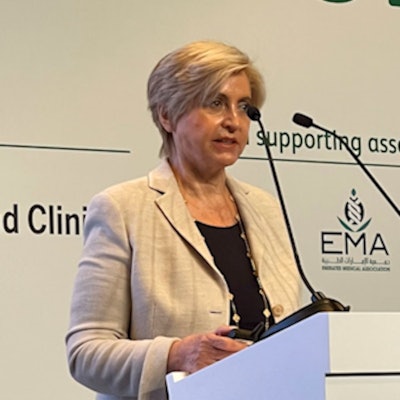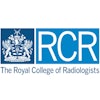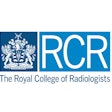The International Society of Radiology (ISR) and the World Federation of Nuclear Medicine and Biology (WFNMB) have coordinated a constituency statement in support of the WHO Executive Board’s resolution on Strengthening Medical Imaging Capacity, which addresses the issue of global equity in access to imaging.
The resolution, which was introduced by Cameroon and co-sponsored by Armenia, Brazil, and Burkina Faso, was adopted during the WHO executive board session on 10 February. It will be submitted for approval to the World Health Assembly (WHA) in Geneva from 19 to 27 May 2025.
To shine a light on the topic, the WFNMB and the ISR organized a webinar last week. It was hosted on the Lancet Oncology Commission on Medical Imaging and Nuclear Medicine, the Lancet Oncology Commission on Sub-Saharan Africa, and the Lancet Oncology Commission on Radiotherapy and Theranostics website. Prof. Hedvig Hricak, PhD, chair of the Lancet Oncology Commission on Medical Imaging and Nuclear Medicine, moderated the webinar, a recording of which is available on the site.
 Prof. Hedvig Hricak. Courtesy of Robert Stevens.
Prof. Hedvig Hricak. Courtesy of Robert Stevens.
The webinar addressed the need for the Resolution on Strengthening Medical Imaging Capacity, described WHO’s current work in strengthening medical imaging capacity, the transformative effects it will have on underserved regions (with speakers emphasizing sub-Saharan Africa and South America), and how NGOs and other international organizations intend to support the resolution.
The lack of access to radiology services in lower- and middle-income countries (LMICs) creates a burden not only for the countries in question but has wider ramifications as well, issues outlined in resolution and explored in the webinar.
According to the ISR and WFNMB, not only does more equitable access to imaging improve outcomes in infectious diseases -- such as the use of diagnostic radiography in infectious diseases such as pneumonia, noted in the resolution as the single largest infectious cause of death in children globally -- but also in noncommunicable diseases, a point that this resolution stresses. The lack of universal access to imaging equipment causes serious delays to cancer diagnosis and treatment.
Underscored during the webinar was the fact that in LMICs, access to imaging may be very limited outside of more prosperous urban areas; those living further from city centers may find it challenging to receive timely care, including necessary imaging. Furthermore, health centers in remote and rural areas without imaging equipment may be serving large patient populations, exacerbating the issues that lack of access to necessary equipment causes.
Today's clinical reality
The scale of the difficulties faced in many developing nations is highlighted by a 31 March 2025 NilePost report. According to the article, there is currently no ultrasound scanner or x-ray machine at the Obongi Health Centre IV, the main health facility in Obongi District in Uganda, and this is having a major impact on both the local population and the 130,000 refugees from South Sudan who are currently also served by the facility.
Trauma patients in need of imaging must often be referred to facilities in other districts, which may delay critical treatment, and transportation is a major issue. Women can’t always receive prenatal scans, which may result in higher rates of pregnancy and childbirth complications, the Nile Post noted.
The new resolution aims to address such shortages. It also stresses the selection of and support for devices, ensuring that the devices are appropriate for the needs of the centers using them, as well as safe, sustainable, and affordable. Additionally, the need for support and training for staff is detailed in the resolution.
Furthermore, the resolution urges that member states consider “integrating technological advances, such as telehealth, teleradiology, clinical decision support (CDS), artificial intelligence and specific software applications, into radiology information systems for patient records, in compliance with applicable international standards and protocols for medical imaging, including ethical aspects, security, and confidentiality data” -- for example, offering equitable access to new technologies as well. In cases where staffing and resources may be limited, access to such technology may be especially important.
The webinar hosted by the Imagining Commission may be accessed from their site; the proposed resolution may be viewed here.












